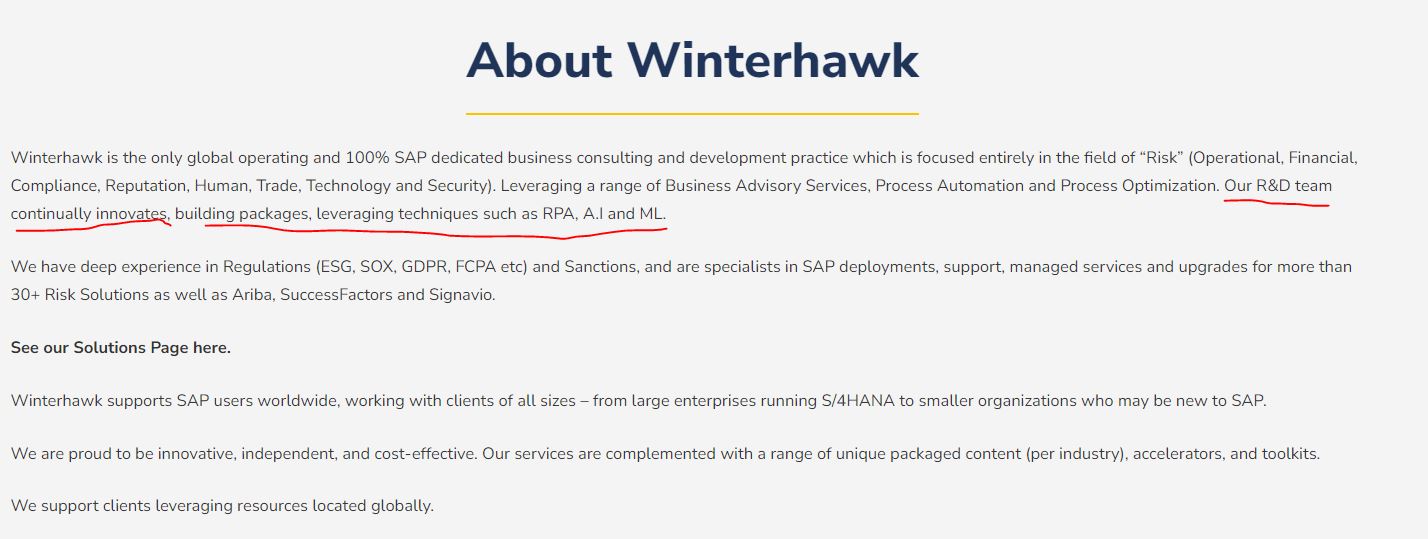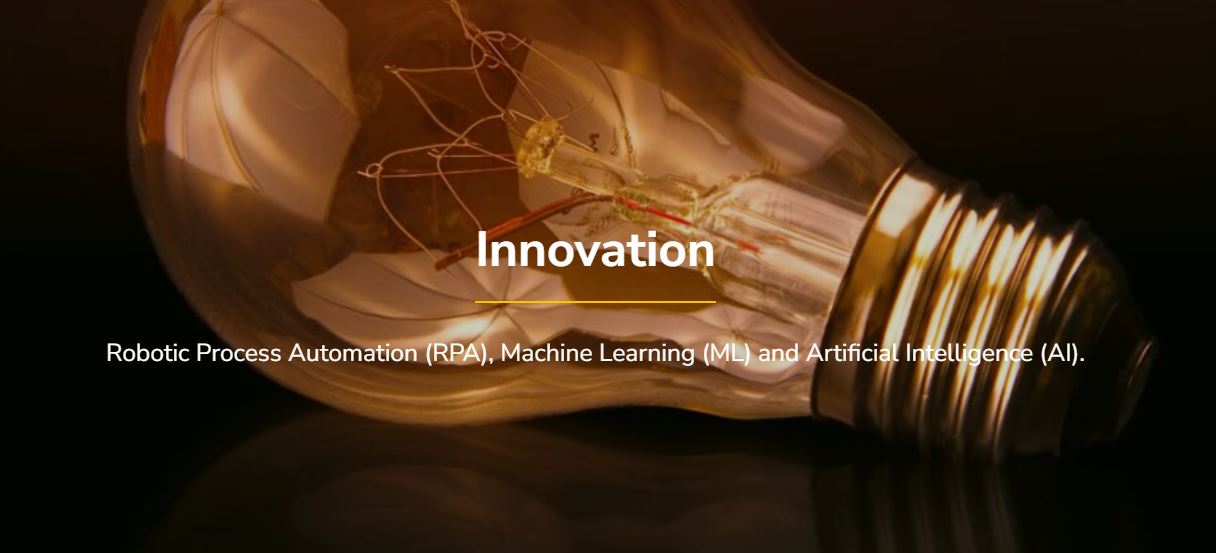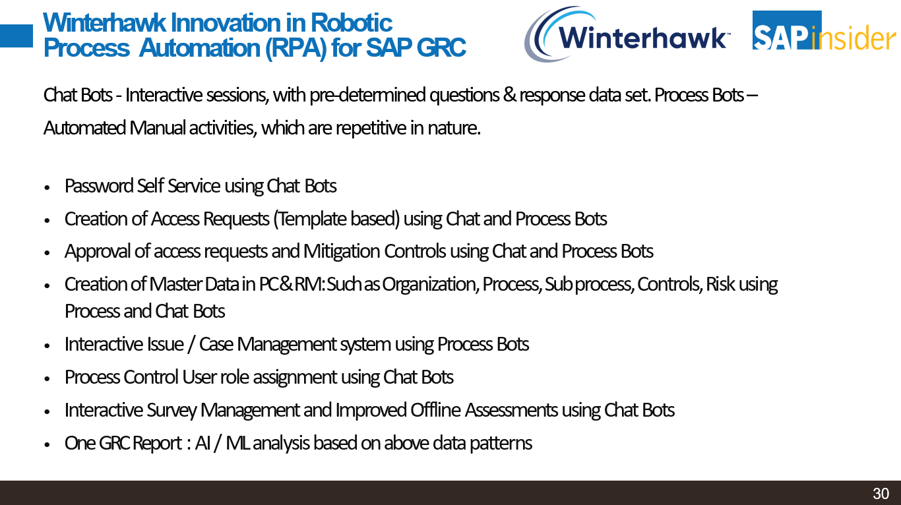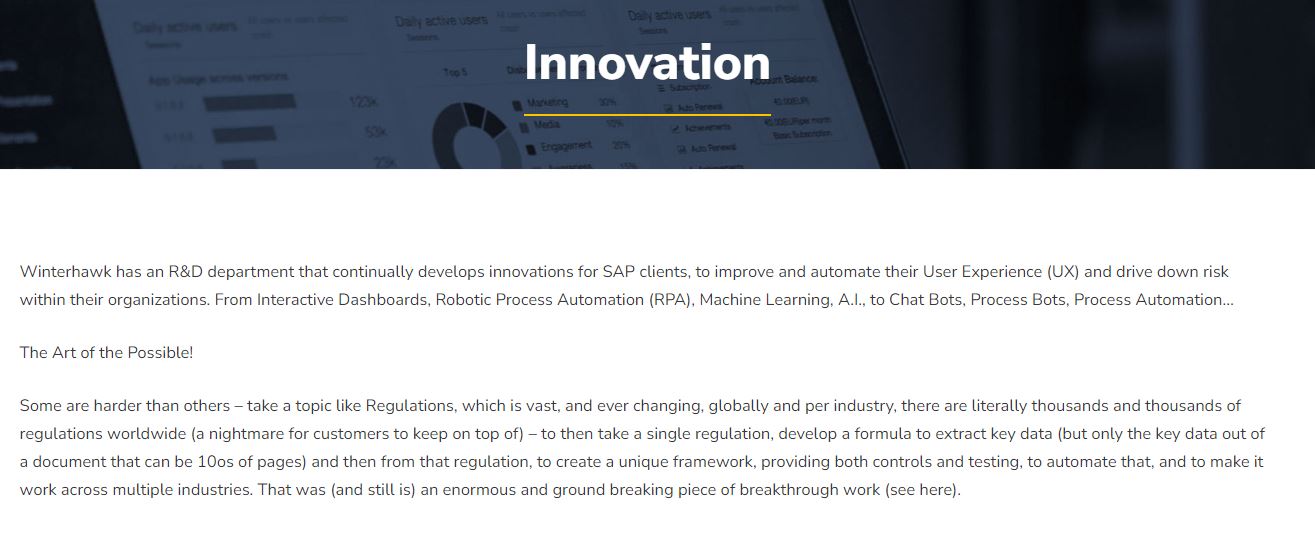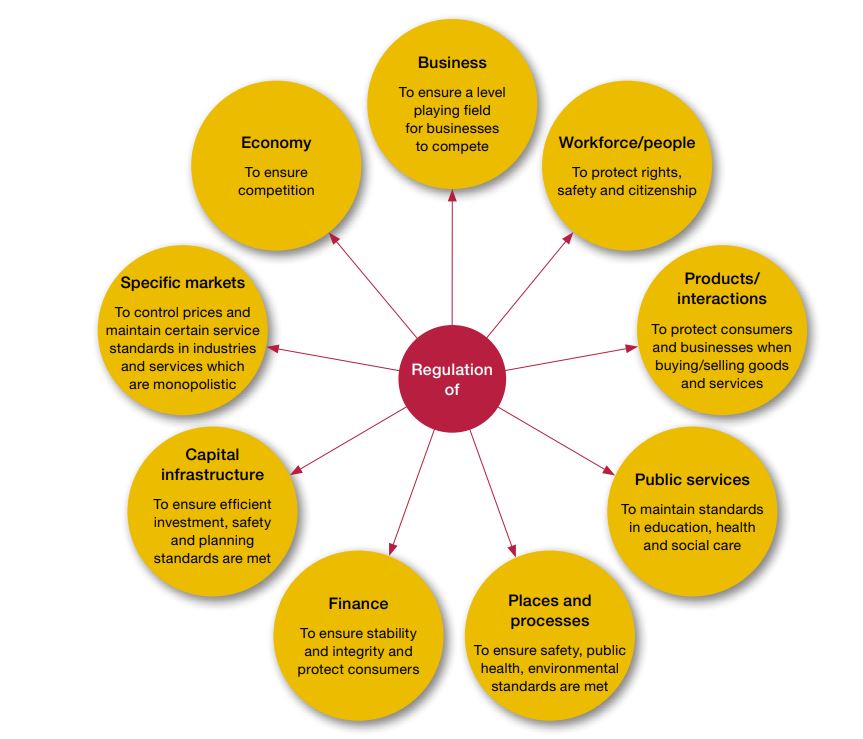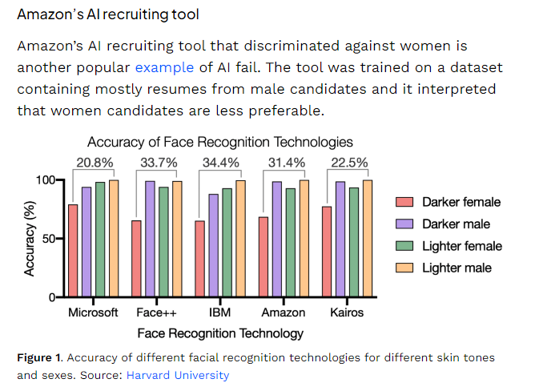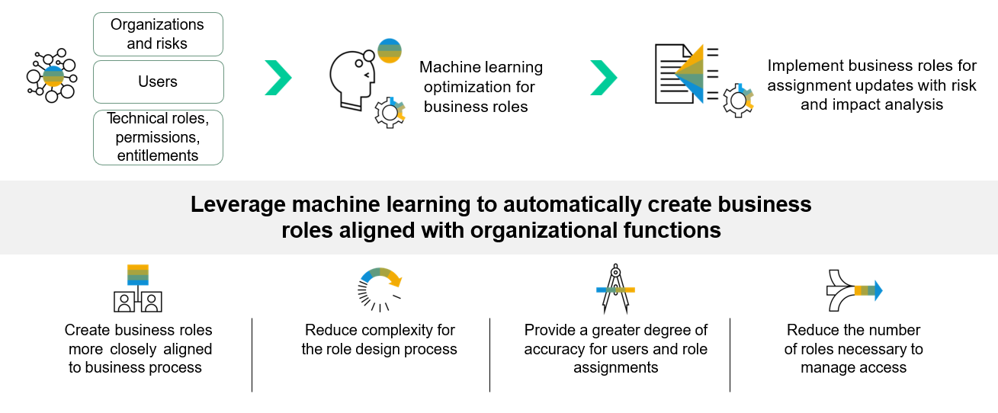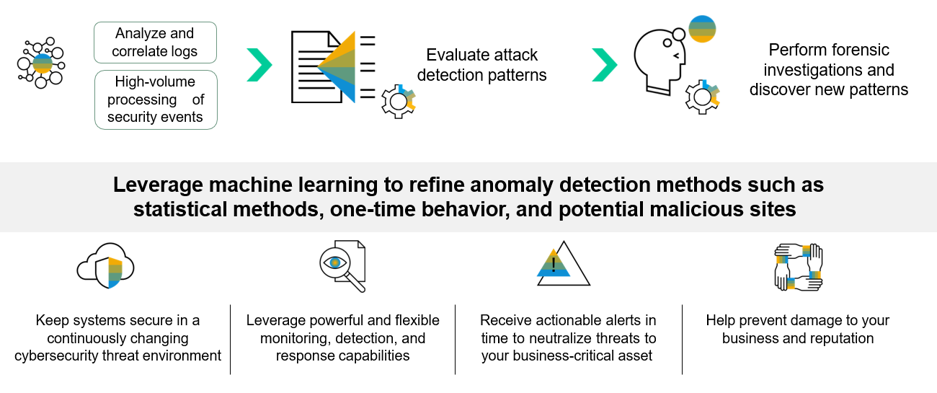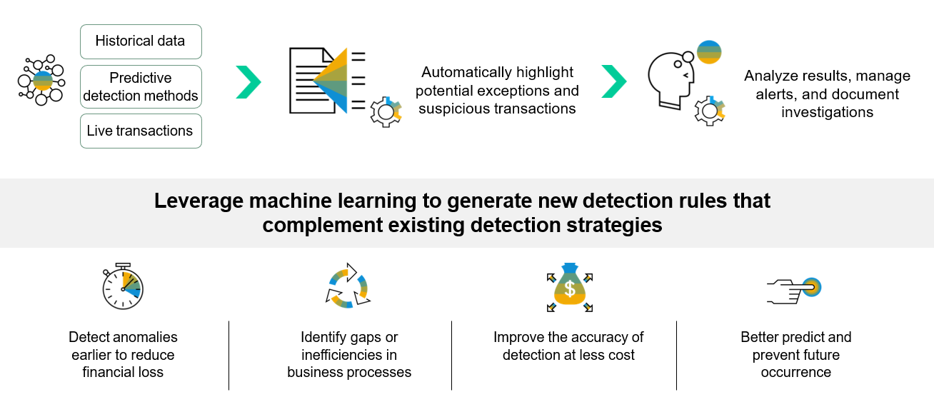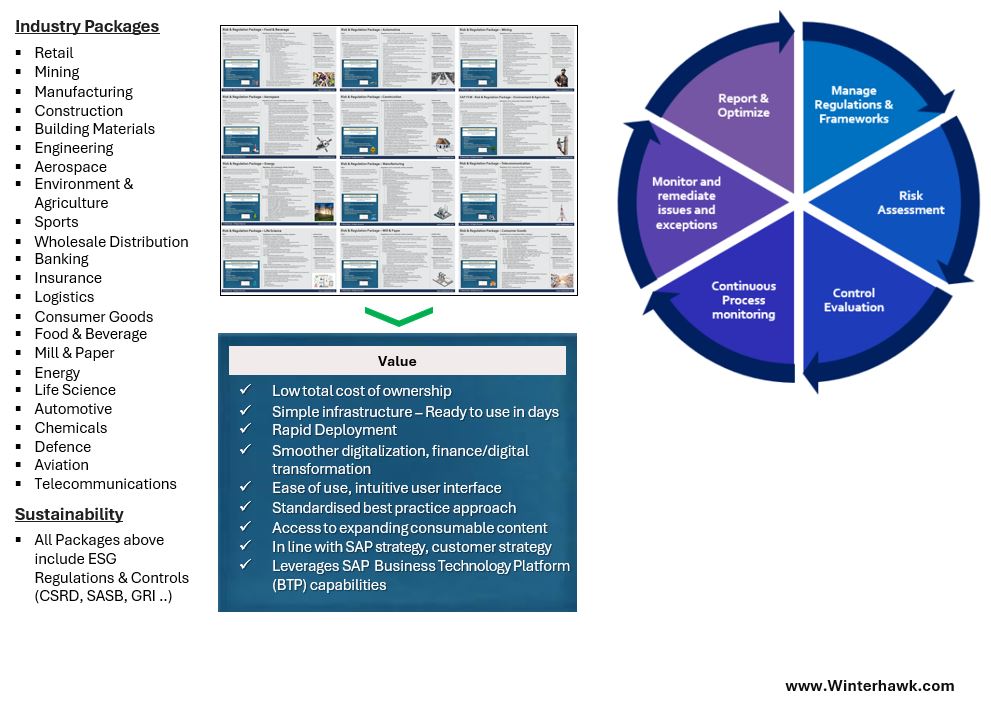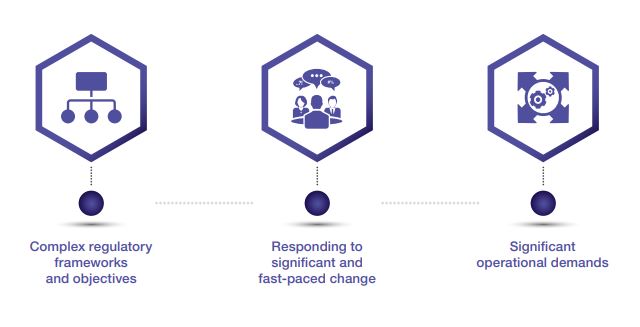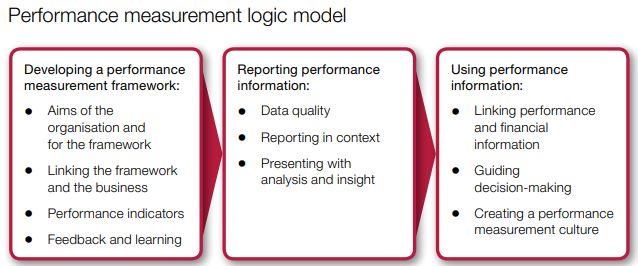A Snag List of Challenges when Developing A.I in SAP < a beginners guide !>
Complex Integration Processes
AI integration into SAP projects often involves complex processes due to the intricate nature of both technologies. SAP systems are known for their robustness and complexity, and incorporating AI functionalities seamlessly can be challenging. Ensuring that AI aligns with existing SAP architectures without disrupting core functionalities poses a significant technical integration hurdle.
SAP System Robustness
SAP systems are renowned for their robustness and complexity, designed to manage and streamline intricate business processes. Integrating AI into such environments necessitates careful consideration of SAP’s unique architecture. AI solutions need to complement SAP’s existing modules and functions without causing conflicts or compromising system stability.
Alignment with SAP Architecture
The diversity of SAP landscapes across organizations poses a challenge in creating AI solutions that align seamlessly with varying SAP architectures. Different SAP modules, versions, and customizations may exist within an organization, requiring AI integrations to be adaptable and compatible across this diversity. Ensuring that the AI seamlessly fits into these environments is crucial for successful integration.
Data Structures and Models
SAP projects deal with extensive datasets structured in a specific manner to support business processes. AI integration demands a deep understanding of these data structures. Creating AI models that effectively leverage SAP data without causing disruptions or inconsistencies requires meticulous data mapping and preprocessing. Addressing the uniqueness of SAP data models becomes a critical aspect (and risk) in any technical integration process.
Real-time Processing Requirements
Many SAP projects require real-time data processing to support dynamic business operations (examples SAP Business Integrity Screening – used to detect Fraud, and Enterprise Threat Detection, used to prevent cyber attacks – both leverage predictive analytic models). Integrating AI functionalities in real-time scenarios adds a layer of complexity. Ensuring that AI algorithms operate seamlessly within the SAP real-time processing framework demands optimization without compromising responsiveness.
Customization Challenges
SAP projects often involve extensive customization to meet specific business requirements. The challenge in AI integration lies in accommodating these customizations. AI solutions must be flexible and adaptable to accommodate various customization scenarios without necessitating extensive modifications to existing SAP technical configurations.
User Interfaces and Experience
Integrating AI into SAP projects involves considerations not only at the backend but also at the frontend. Designing user interfaces that effectively incorporate AI functionalities while maintaining a cohesive and user-friendly experience is another challenge. Ensuring that users can seamlessly interact with AI features within SAP interfaces requires a careful balance between technical functionality & simplicity.
Integration Testing
Rigorous testing is a crucial aspect of AI integration in SAP projects. Ensuring that AI modules work harmoniously with existing SAP functionalities and that the integrated system performs reliably under various scenarios demands comprehensive integration testing. This involves validating data flows, system responses, and overall system performance.
Data Compatibility and Quality
The success of AI in SAP projects heavily relies on data quality and compatibility. SAP projects deal with vast amounts of structured and unstructured data and ensuring that this data is AI-ready involves rigorous data preprocessing. Issues such as data silos, inconsistent data formats, and data quality concerns can hinder the effectiveness of AI applications within SAP environments.
In the realm of AI integration into SAP projects, one of the critical challenges revolves around ensuring data compatibility and maintaining high data quality.
Heterogeneous Data Sources
SAP projects often involve the integration of data from various sources (SAP and non-SAP), including different SAP modules, external databases, and legacy systems. These data sources may employ diverse data formats, structures, and standards. Ensuring compatibility among these heterogeneous sources is a significant technical challenge. Data must be harmonized and transformed to a standardized format that AI algorithms can effectively process.
Data Preprocessing and Cleansing
Raw data from SAP systems may contain inconsistencies, errors, and missing values. Prior to AI integration, extensive preprocessing and cleansing are necessary. This involves identifying and rectifying data anomalies, handling missing data appropriately, and ensuring that the input data for AI models is of high quality. The effectiveness of AI applications is directly impacted by the cleanliness and accuracy of the underlying data.
Semantic Understanding of SAP Data
SAP data models are inherently complex, often requiring a deep semantic understanding. AI algorithms need to comprehend the intricate relationships between different data entities within SAP systems. Achieving this semantic understanding involves mapping data elements, recognizing dependencies, and creating AI models that can effectively navigate the nuanced structure of SAP data.
Temporal and Sequential Data Considerations
SAP projects frequently involve temporal and sequential data, where the order and timing of events are crucial. Incorporating such data into AI models requires specialized approaches. Ensuring that AI algorithms can effectively capture and utilize temporal dependencies within SAP data is essential for applications such as predictive maintenance, forecasting, and trend analysis.
Master Data Management
Master data, which includes information about customers, products, and business partners, is a cornerstone of SAP projects. Ensuring the consistency and quality of master data is paramount for accurate AI predictions and insights. Challenges arise in maintaining master data integrity, especially when multiple systems or departments contribute to its creation and modification.
Integration with External Data
AI applications within SAP projects may need to leverage external data sources for comprehensive analysis. Integrating and synchronizing this external data with internal SAP data adds another layer of complexity. Ensuring seamless compatibility between SAP and external data formats, APIs, and security protocols is crucial for holistic AI-driven decision-making.
Data Security and Privacy
SAP projects often involve sensitive business data, and ensuring data security and privacy is of utmost importance. Integrating AI without compromising data security involves implementing robust encryption, access controls, and compliance with regulatory requirements. Balancing the need for AI-driven insights with stringent data protection measures is a continuous challenge.
Adaptability to Data Changes
SAP data structures may undergo changes due to system upgrades, customizations, or evolving business requirements. AI models need to be adaptable to such changes without requiring extensive retraining or reconfiguration. Ensuring that the AI integration remains resilient to data schema modifications is crucial for long-term sustainability.
Change Management
AI introduces changes in how users interact with SAP systems. Managing this change effectively requires a comprehensive change management strategy. Users may resist alterations to their familiar workflows, and addressing these concerns through clear communication and support mechanisms is essential for fostering acceptance.
Version Compatibility
SAP systems are subject to updates and version changes. AI integrations need to remain compatible with evolving SAP versions. Ensuring that AI models and algorithms can seamlessly transition across different SAP versions without causing disruptions or requiring extensive reconfiguration is a continuous technical and business challenge.
Transparency in Decision-Making
AI algorithms can sometimes operate as black boxes, making it challenging for users to understand the decision-making processes. Ensuring transparency in AI-driven decisions and providing insights into how AI contributes to outcomes enhances user trust. This transparency is crucial for gaining user acceptance of AI recommendations or automation within SAP projects.
User Involvement in AI Implementation
Involving end-users in the AI integration process fosters a sense of ownership and inclusion. Soliciting user feedback, addressing concerns, and incorporating user insights into the AI implementation strategy can significantly contribute to user acceptance. Users who feel valued and involved are more likely to embrace AI changes.
Tailored User Interfaces
AI often introduces new features and functionalities that necessitate adjustments to user interfaces. Designing interfaces that are intuitive and user-friendly is crucial. User acceptance is enhanced when the AI capabilities seamlessly integrate into the existing SAP interfaces, minimizing the need for extensive retraining.
Providing Use Cases and Success Stories
Sharing real-world use cases and success stories helps users understand the practical benefits of AI in SAP projects. Demonstrating how AI contributes to improved efficiency, decision-making, and overall project success instills confidence and encourages user acceptance.
Comprehensive Training Programs
Effective training programs play a pivotal role in user acceptance. Users need to be equipped with the knowledge and skills required to leverage AI functionalities within SAP systems. Training should cover not only the technical aspects but also the practical applications and benefits of AI in their specific roles.
Parallel Processing
Parallel processing capabilities contribute significantly to both scalability and performance optimization. AI algorithms that can be parallelized efficiently can take advantage of multi-core processors and distributed computing environments, enhancing overall system performance and scalability within SAP projects.
Model Complexity Considerations
AI models within SAP projects vary in complexity based on the tasks they perform. Striking the right balance between model complexity and performance is crucial. Complexity should be tailored to the specific requirements of SAP applications, ensuring that the models can scale without compromising performance.
Adaptability to Changing Workloads
Scalability involves accommodating variations in workloads. AI solutions within SAP projects should be built to be adaptable to changing demands, scaling up or down based on fluctuations in data processing requirements. This adaptability ensures optimal resource utilization and responsiveness to evolving business needs.
Caching and Preprocessing Strategies
Performance optimization often involves the strategic use of caching and preprocessing techniques. Caching frequently accessed data and preprocessing data before feeding it into AI models can significantly enhance processing speed and responsiveness, contributing to improved overall performance in SAP projects.
Yes …. it’s a long list (and that was just the tip of the ice berg!)
The integration of artificial intelligence into SAP projects presents a unique set of technical and business challenges in order to realize the potential benefits of these technologies. Overcoming complexities in integration processes, ensuring data compatibility, addressing interoperability issues, and navigating user acceptance challenges are crucial for successful A.I implementation in SAP projects.

